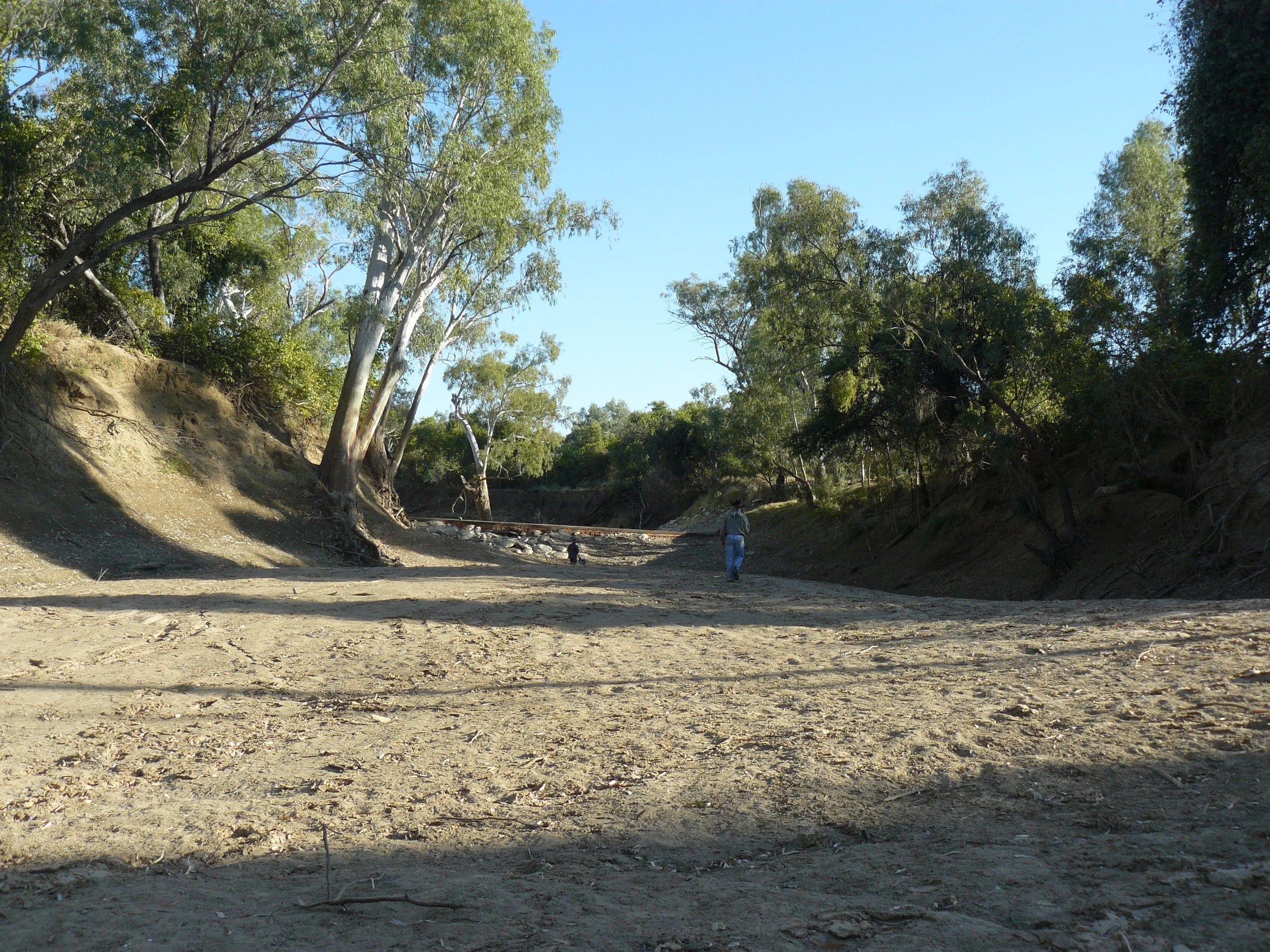The Great Unhoming
All lifeforms have an environmental niche.
That niche is essentially its ecological position within an ecosystem, and it is determined by a unique set of biotic and abiotic interactions within that ecosystem.
A niche resource can be light, energy, temperature, water, food, shelter, territory, mates or anything needed for the organism to persist and reproduce. Of course, changes can occur, and organisms can be excluded from their niche through competition or environmental change.
Under a regime of human induced (anthropogenic) climate change, there has been an upsurge in contemporary scientific research investigating current and potential impacts upon a vast array of organisms, as their habitats begin to change.
The impacts already occurring in Australia have attracted significant scientific (Hoffman et al 2018) and media attention for some time.
Photo courtesy: Lachlan Ross
Few of us would not have heard of the devastating and ever more frequent coral bleaching events in the north of Australia (Hughs et al 2021). Yet the cooler southern waters of Tasmania have also suffered severe impacts with kelp forests disappearing at an alarming rate (Butler et al 2020).
Both these losses have serious ramifications for the myriad of organisms that are dependant upon the processes, functions and structures provided by corals and kelp.
Some impacts are as a direct consequence of temperature, CO2 or acidification increases, while others are secondary or as a consequence of a cascade of disturbances or feedback loops created by those immediate disturbances. Regardless of the mechanism, anthropogenic climate change is impacting organisms and ecosystems across the planet and scientists are busily modelling, examining and monitoring those climate driven disturbances (Scheffers et al 2016).
Photo: Greg McDonald
Meanwhile, there is a keystone, some may suggest a millstone species, on this planet, that is worth investigating, or more to the point, there is a niche this organism occupies, that in the context of climate change, is worth defining. This particular organism is extremely widespread and a highly successful generalist, being able to occupy a vast range of habitats but it does have its limits, particularly in regard to temperature. The organism of course is Homo sapiens.
Xu et al (2020) have turned the spotlight directly on us and our thermal tolerance.
In this study, they reviewed current and historical distributions of human populations and the climatic envelope associated with those distributions. It’s a reasonable assumption that those geographic regions historically and currently, off limits or at least antagonistic to human proliferation, are areas not conducive to providing Homo sapiens with viable niches. The researchers looked as far back as 6000BP, at a suite of environmental parameters that also included soil fertility and precipitation but found the strongest association of human density with temperature. Not surprisingly, crop yield and livestock abundance also showed a similar temperature determined distribution, while GDP trended towards colder temperatures. With the knowledge of human population distribution largely constrained to a prerequisite Mean Annual Temperature (MAT) with a primary mode around 13°C and a secondary mode around 22.5°C in hand, they then cast their attention forward, to explore human niche distribution under modelled climate change scenarios.
After the farce of COP26 I think we can assume that the worst case ‘business-as-usual’ (Representative Concentration Pathway – RCP8.5), climate change scenario is more than likely. The findings of Schwalm, Glendon, and Duffy (2020) agree.
Photo courtesy: Ahmed Akacha
Under that scenario, Xu et al (2020) suggest that those populations currently living in the hotter regions under the MAT secondary mode of 22.5°C will, by 2070, be subject to temperature regimes beyond the historical thermal niche. Humans in sub-Saharan Africa, The Indian sub-continent, Southern China, much of central America, Arabia, Northern Brazil, its neighbours and northern Australia will experience temperatures that today are restricted to regions of the Sahara. Possibly 3.5 billion people, mostly from the poorest communities will be forced to adapt to or flee a thermal regime that expands from 0.8% global land surface area today, to 19% of the land, by 2070.
The above scenario focuses purely upon a shift in Mean Annual Temperatures and climate change is more complex than merely temperature increases. Changes in rainfall patterns, storm intensity, relative humidity, fire intensity, sea level rise, sea surface temperature increase, ocean acidification, glacial and ice retreat will also drive significant modification to the existing habitats of Homo sapiens. Australia for instance may well see its Pacific neighbours seeking new homes due to the immediate impacts of sea level rise.
Interestingly, under the modelling carried out by Xu et al (2020), northern USA, Canada, U.K, Northern Europe, Scandinavia, Russia, Northern China, Northern Japan and Korea will experience temperature shifts that provide a net improvement in temperature suitability. That may go some way to explaining the inertia evidenced by COP 26.



